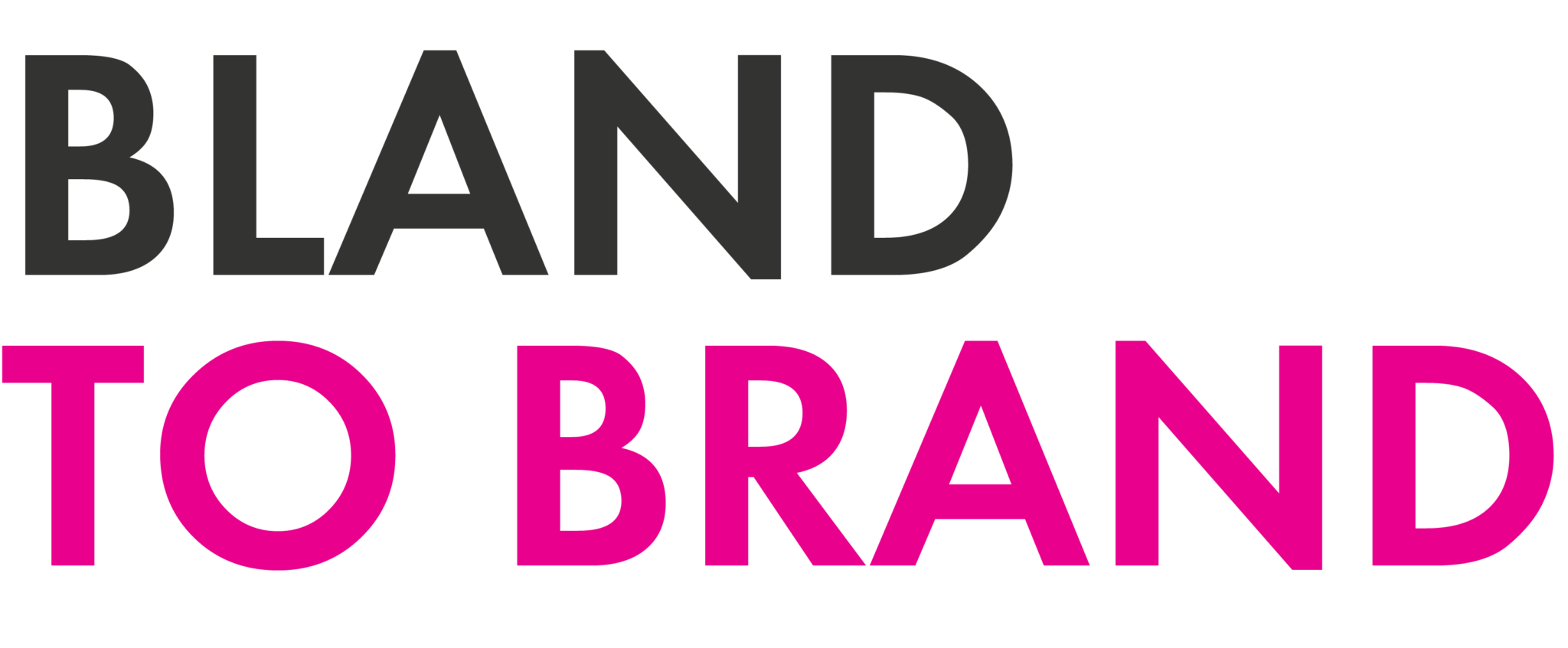COLOUR PSYCHOLOGY HAS NO RELEVANCE
Famous Swiss psychologist Carl Jung is quoted as saying: “colours are the mother tongue of the subconscious.” From around the 1960’s he propagated this idea of colour therapy and how differing colours affect perceptions. Like everything good from psychology marketers and brand experts started taking this thinking on board. Red would mean danger, orange warmth and so forth.
Stay away from the blues
Blue became the colour of choice in many marketplaces and businesses. The simple reason was that blue from a colour psychology perspective meant safety, trust, security and dependability. Good solid values to base a business on. The only trouble being not that exciting. As times have moved on, and markets have become more diverse and new businesses popping up everywhere thanks to the Internet, blue has remained the default trend and it is hard to for companies to move away from this and thus get caught in an ocean of sameness.
Own it
The better way to see colour now is to take a colour and define it on your own terms. Don’t get too hung up with what a colour means from a dated psychology viewpoint. Take Bland to Brand for example, if you haven’t noticed pink is our main brand colour. We wear it, we sit amongst it in our office, and all our literature are covered in this colour. No, we are not a feminine brand or particularly girlie, we are actually predominantly male and a little macho. More than that though we are bold, loud, left-field and expressive, and for that reason, we choose pink as our main colour. We have defined pink in our terms, what we want it to mean.
Colour is essential for brands
By framing a colour in your terms it opens up a much larger colour palette, away from the traditional colours that we see. The way we see it, colour is much more important than a logo for a brand. A logo can only be repeated so often within a space until someone either gets sick of it or feels that you are insecure about your identity. Colour, on the other hand, you can replicate again and again. It builds a connection between the brand and the viewer, and more importantly, it can be applied in clever places which makes someone feel that you as a business have put a lot of thought and energy into thinking about this. Which ultimately creates good feelings inside of them.
So try and step away from these stereotypes of colour, find a colour that makes you stand out from your competitors, own it, and use it in clever ways.

